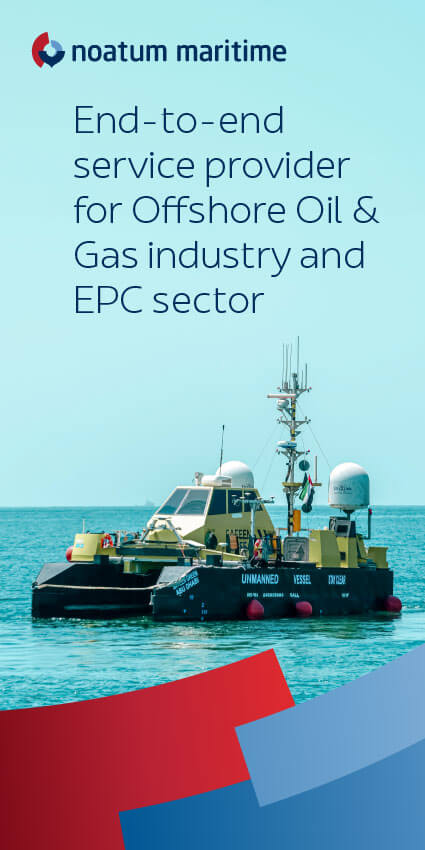Enhanced oil recovery (EOR) technologies have gained significance in the industry by allowing for almost complete oilfield extraction, thus maximising the value of hydrocarbons reserves
The term ‘EOR’ refers to various techniques or methods where physical and chemical properties of the reservoir rock are changed to improve hydrocarbons recovery. The properties of the reservoir fluid system affected by EOR process are chemical, biochemical, density, miscibility, interfacial tension/surface tension, viscosity and thermal.
There are ‘three’ basic EOR techniques such as gas injection, thermal injection and chemical injection – each of which has varying implications on cost, efficiency and safety.
The first method injects natural gas, nitrogen or carbon dioxide (CO2) into the oil formation. The gases can either expand and push additional oil to a production wellbore, or dissolve in the oil to decrease its viscosity, thus increasing the flow rate. Water-Alternating-Gas (WAG) is another technique, where water and CO2 are injected into reservoirs for larger recovery, as they contain low miscibility with oil. Using both water and CO2 can reduce the mobility of carbon dioxide, making the gas more effective at displacing the oil in the well.
Thermal recovery uses various heating methods: cyclic steam injection, stream flooding and combustion to lower the viscosity, or thinning the heavier viscous oil so it flows more easily through the reservoir.
Chemical injection uses polymers, caustic solutions, and special molecules to help free ‘trapped oil’ within the reservoir.
Thus, EOR is seen as a powerful tool to ensure the security of future oil supply – pivotal for the stability and growth of the global economy.
To read the full article, please click on the latest issue









